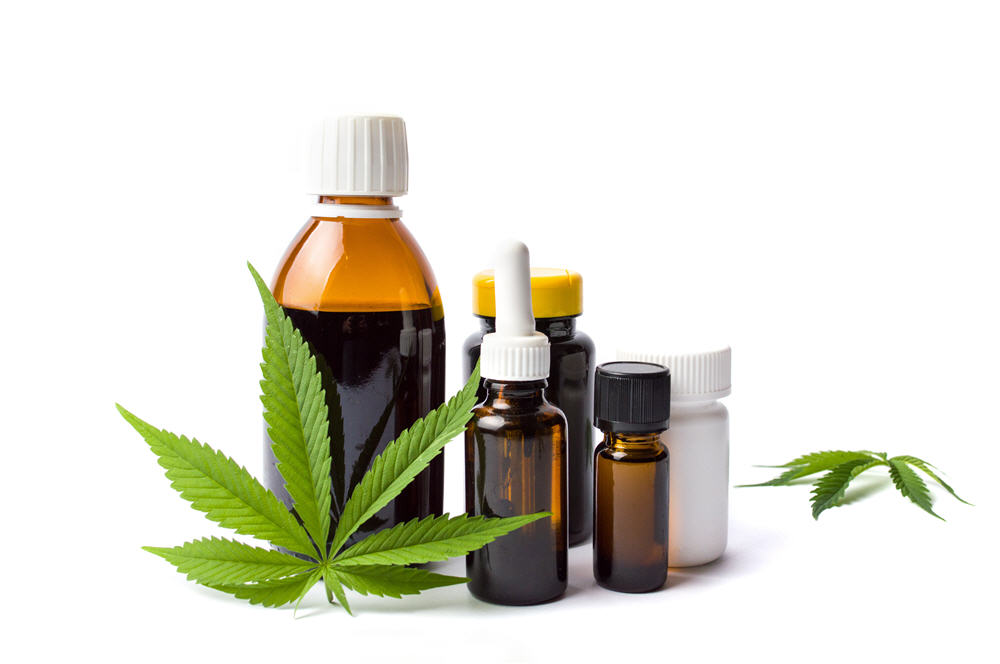The recreational cannabis market has more immediate revenue/growth potential.
The recreational cannabis market can offer consumers much greater product variety.
The recreational cannabis market offers significantly more branding/marketing potential.
That said, cannabis investors seeking to maximize their investment returns should not ignore the medicinal cannabis market and its increasing global potential.
Let’s do the math. The population of Canada and the United States represents less than 5% of the global population. While these are generally affluent economies, other nations (especially in the Asia Pacific region) are rapidly closing the economic gap.
Currently (along with North America), medicinal cannabis is legal in much of Europe, a growing percentage of South America, Australia, and it is just beginning to be legalized in Asia. Only a small percentage of the global population has legalized medicinal cannabis (so far). Even so, the overall potential of medicinal cannabis today exceeds the current potential for the recreational cannabis market.
A new research report (August 2019) emphasizes this potential.
In contrast, the CAGR for the recreational cannabis is projected to be greater, especially for concentrates and edibles:
- 20% for dried flower
- 33% for cannabis edibles
- 41% for cannabis concentrates
Edibles and concentrates are already legal in dual-use U.S. states. These value-added products are about to become legal in Canada nationally when Phase 2 of legalization takes effect in October 2019.
Still even with this higher growth potential (in percentage terms), the long-term global potential for medicinal cannabis greatly exceeds this. Again, it’s a numbers game.

With the 95% of the global population outside the U.S. and Canada, new/larger markets can open up internationally that will instantly alter the market dynamics.
India is now moving toward legalizing medicinal cannabis. Its first cultivation license has been issued. A bill has been introduced into India’s Parliament to legalize medicinal cannabis. By itself, that would more than double the total global population with access to medicinal cannabis.
China’s approach to cannabis is much murkier. There is legal, government-sponsored hemp production in two of China’s provinces, on a large scale. There is ‘unofficial’ hemp cultivation (on a smaller scale) that is generally ignored by government – some with THC content above the 0.3% threshold that is generally deemed to separate “industrial hemp” from regular cannabis.
However, China’s government remains adamantly opposed to cannabis legalization. Its phobic attitude here is undoubtedly a cultural memory of the Opium Wars, where the West (primarily Britain) inflicted grievous harm on China – socially and economically – by saturating China with imported opium from British India.
Even without China, there are many other populous nations in Europe, Asia and South America. As some of these other nations also move toward legalization of medicinal cannabis, this can rapidly tilt the overall global market in favor of medicinal demand.
Inside Canada and the U.S., medicinal cannabis demand remains a very important component of the overall market. New consumers have less resistance to trying cannabis as a medicinal therapy than using it recreationally.
In the U.S., three times as many states have legalized medicinal cannabis (33) as have legalized both recreational and medicinal use (11). A recent Seed Investor article looked at some of the very robust growth numbers for medicinal cannabis from individual U.S. states.
In Oklahoma, which has taken a very progressive approach to medicinal cannabis, the state is adding 641 new medicinal patients per day. A total of 4.1% of Oklahoma’s population have already used cannabis for medicinal purposes. But this number is just a drop in the bucket.
Nearly 70% of Americans are on prescription drugs. More than half take two or more. Many of these drugs cause numerous dangerous and/or life-threatening side effects. Additionally, 75% of Americans also use one or more over-the-counter drugs.
In comparison, cannabis is completely safe and benign. Medicinal usage rates in U.S. states can be expected to increase by at least a factor of ten over the longer term. And in U.S. states with lower (current) rates of medicinal cannabis use, that increase will be proportionately much greater.
The global pharmaceutical industry is a $1 trillion per year revenue pie. But it is an industry in ill health – much like the consumers who use its chemical concoctions. New patents are costing much, much more and taking longer than ever to bring to market.
Big Pharma has simply run out of new chemicals it can bring to market that don’t cause more harm than the diseases they attempt to treat.
Medicinal cannabis is already being prescribed as a therapy for thousands of medical disorders. Over the long term, medicinal cannabis can be expected to take much (maybe even most) of that $1 trillion pharmaceuticals market.
Recreational cannabis demand and adult use markets currently occupy most of the attention of cannabis investors. However, a well-balanced cannabis portfolio will also have considerable exposure to medicinal cannabis.


